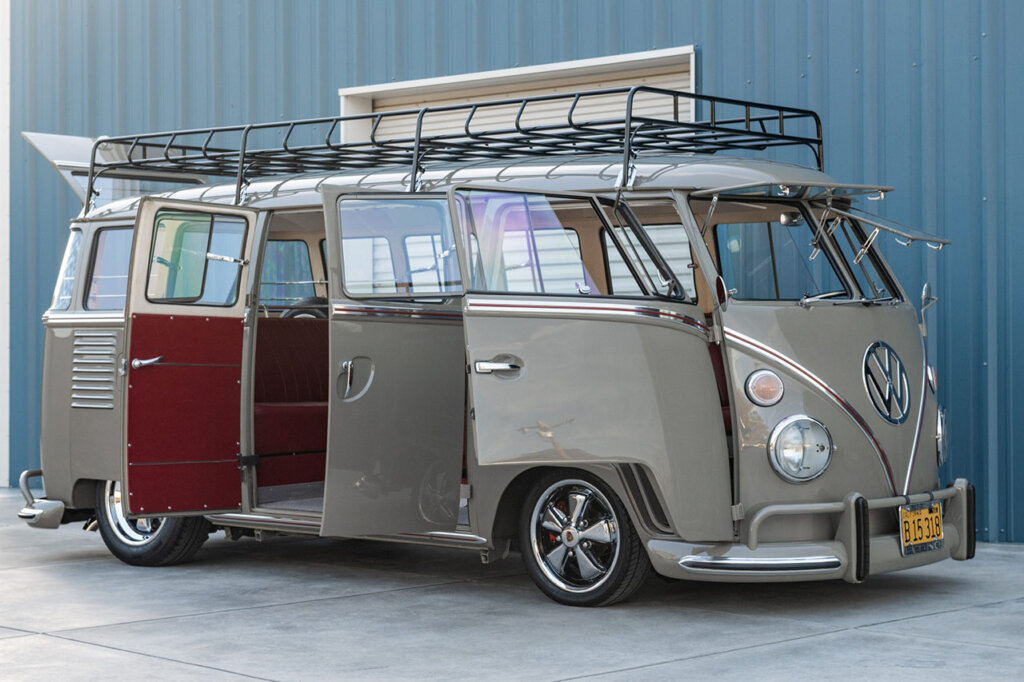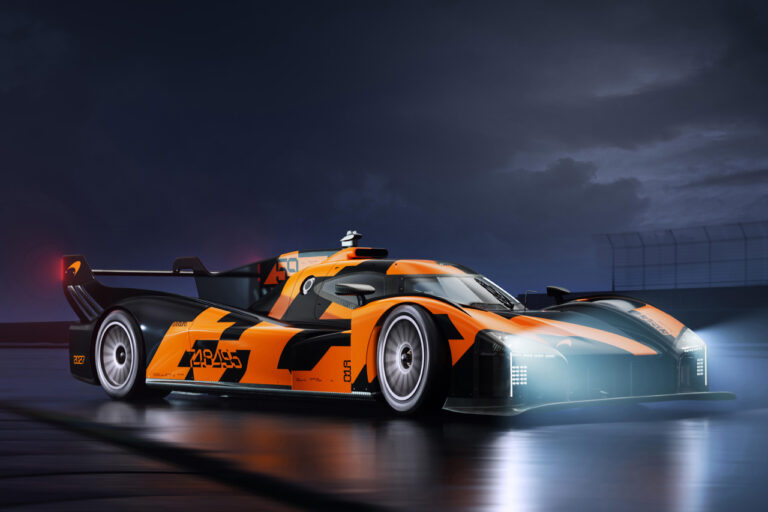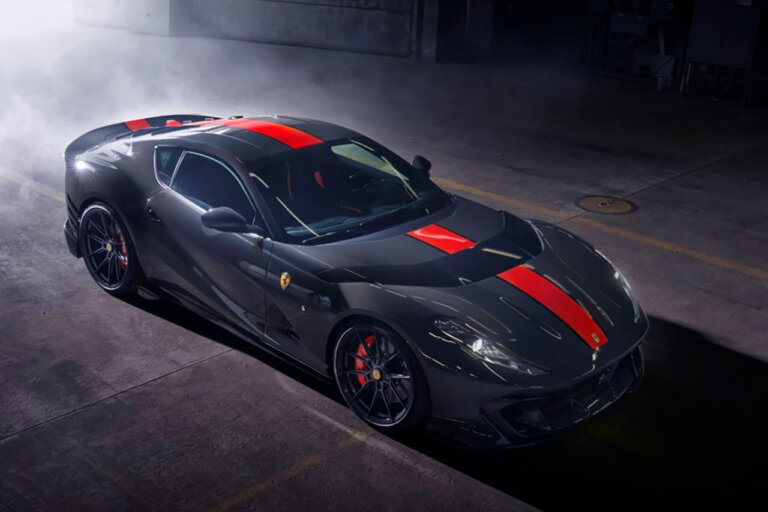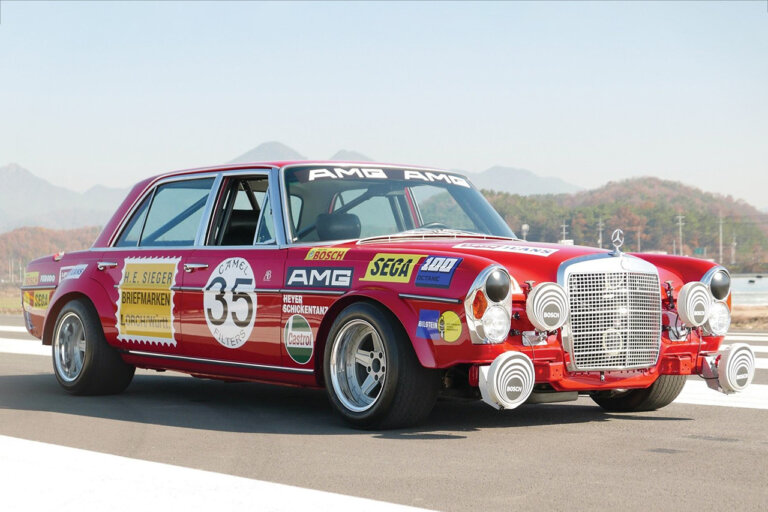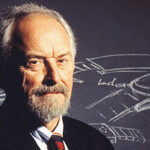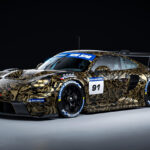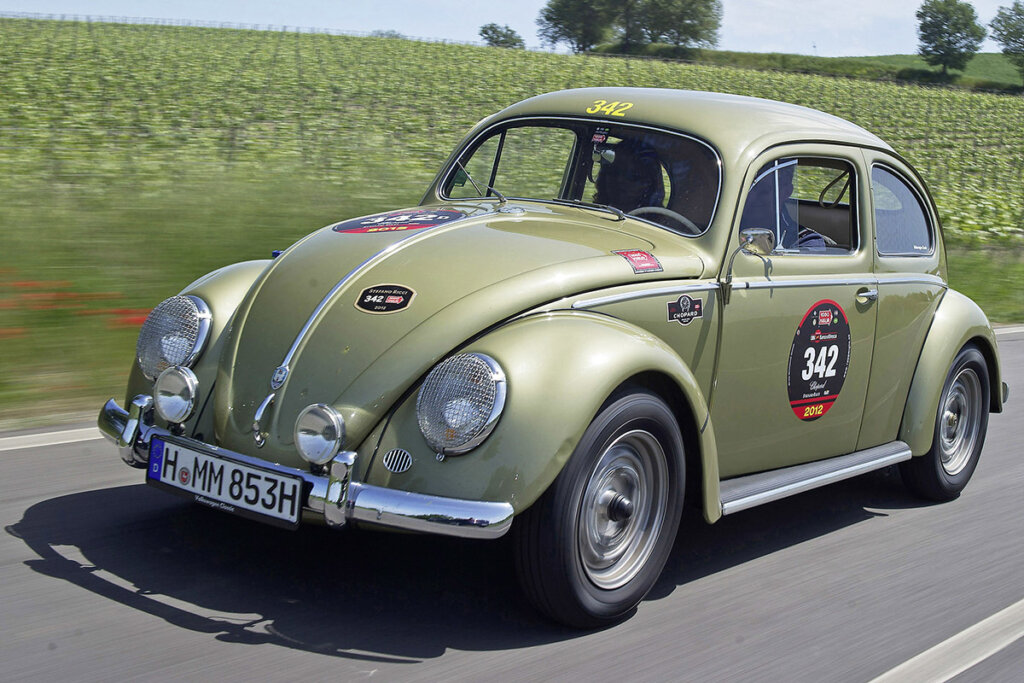
Source: VW
The history of the automotive company Volkswagen (VW) is rich with stories of success, failure, and resilience. The company, founded in 1937 by the German Labour Front, experienced significant challenges during and after World War II. In 1945, the British Army took over the company, which marked a significant turning point in its history.
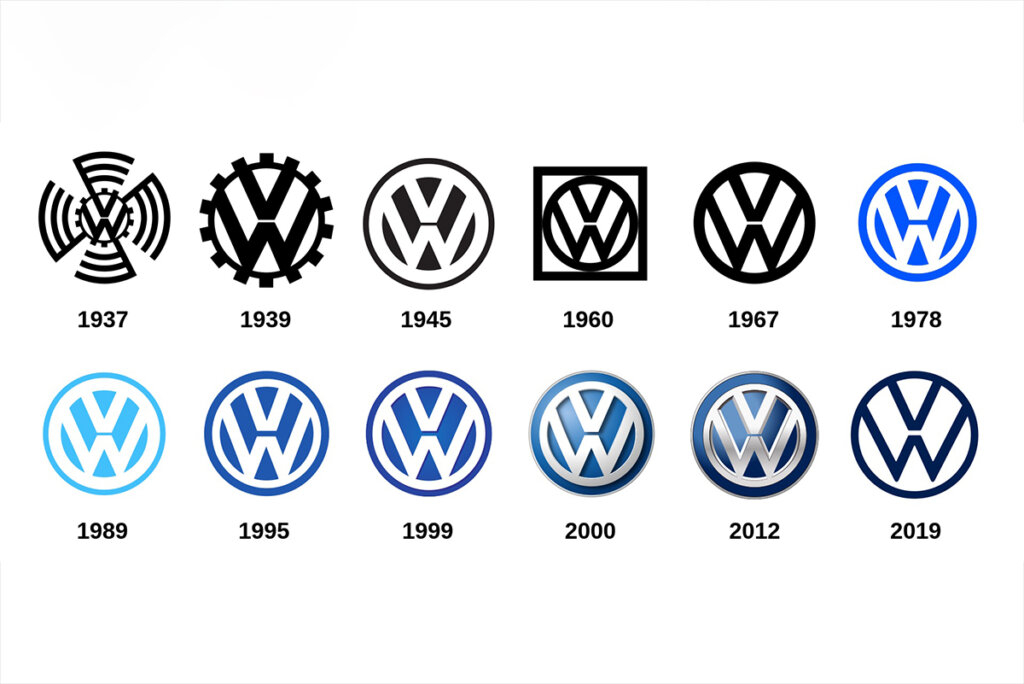
Source: Wikipedia
Post-WWII:
The period following World War II was a difficult time for Volkswagen. The company’s factories were destroyed, and its workforce was dispersed. In 1945, the British Army took over the company and began to rebuild it, with the factory lead by Major Irvin Hirst.
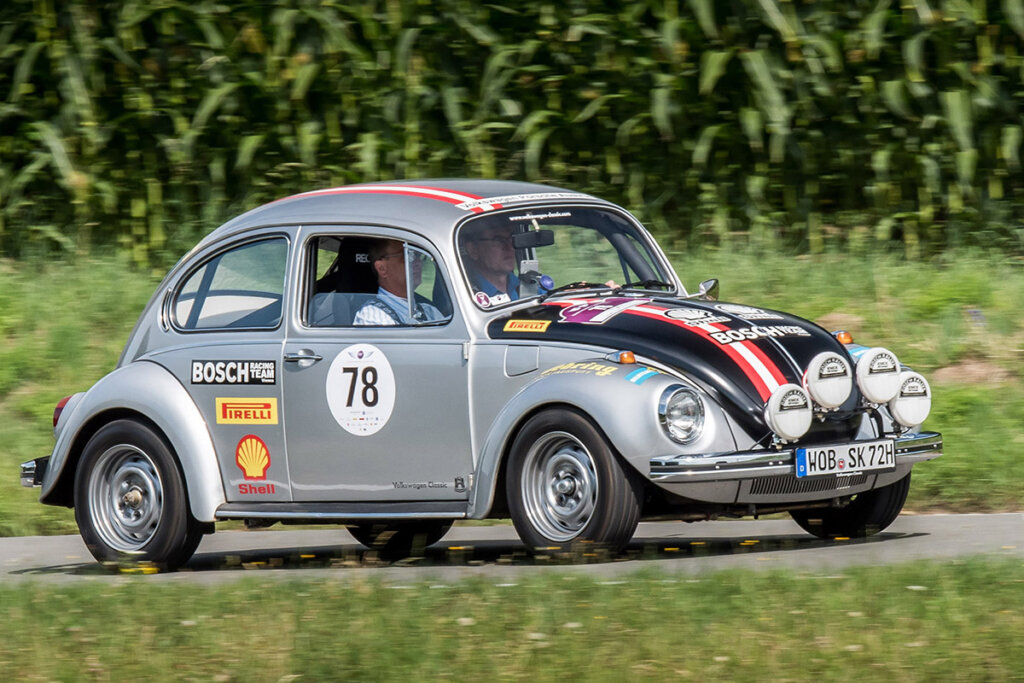
Source: VW
Despite the British efforts, Volkswagen initially struggled in the early post-war period. The company faced numerous challenges, including a lack of capital and resources, as well as limited demand for its products. The factory initially produced vehicles for the British military, while attempting to be sold to different automotive companies, including Ford.
However, things started to change in the late 1940s. Former Opel manager Heinrich Nordhoff was hired to run the factory around this time, who implemented a one-model policy with the Beetle. Production was almost entirely focused on this model during this period.

The Volkswagen Beetle, first introduced in 1938 as the Type 1 and designed by Ferdinand Porsche, was initially sold in small numbers, but by the mid-1950s, it had become a global sensation. The car’s design, reliability, and affordability made it a hit with consumers around the world.
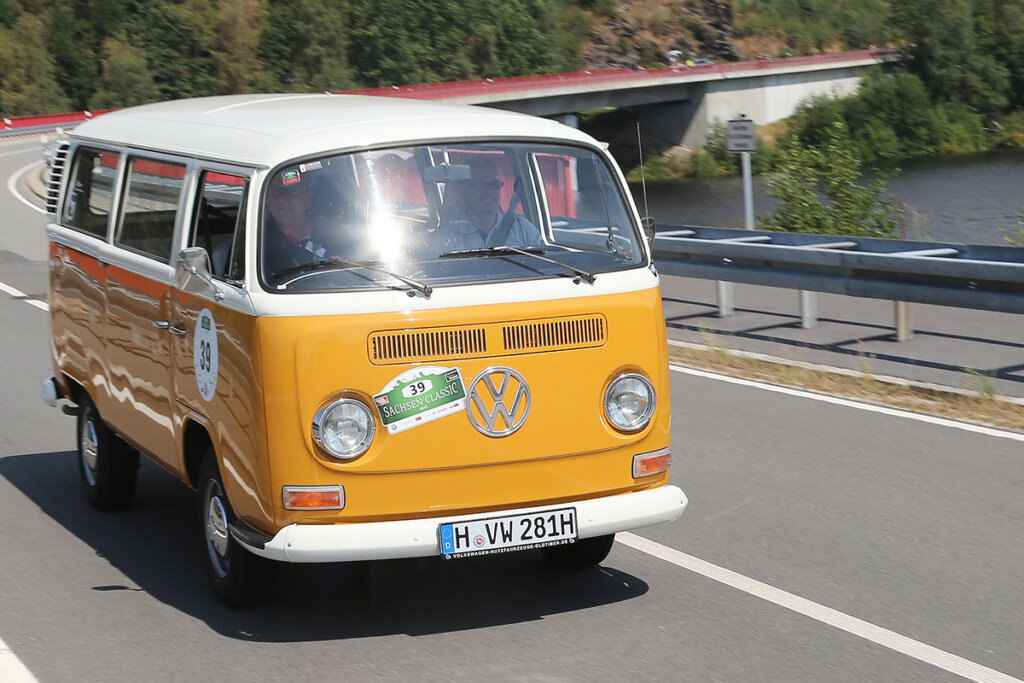
In addition to expanding its production capabilities, Volkswagen also started to expand its product line. In 1950, the company introduced the Volkswagen Type 2, which was a van that was used for commercial purposes. The Type 2 was an immediate success and became a popular choice for businesses that needed a reliable and affordable vehicle for transporting goods.
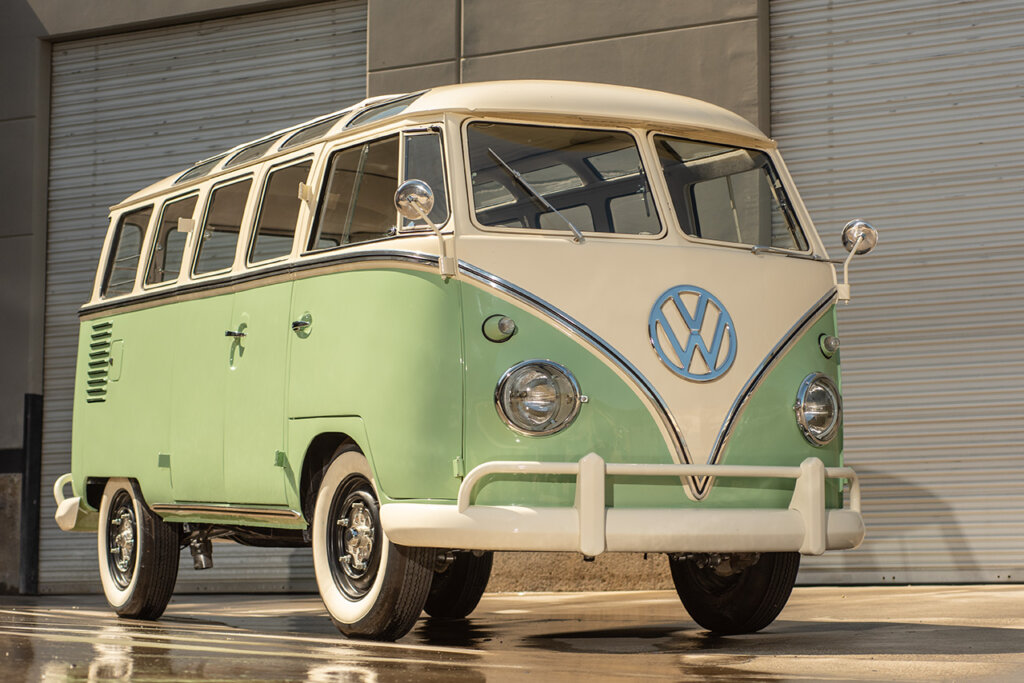
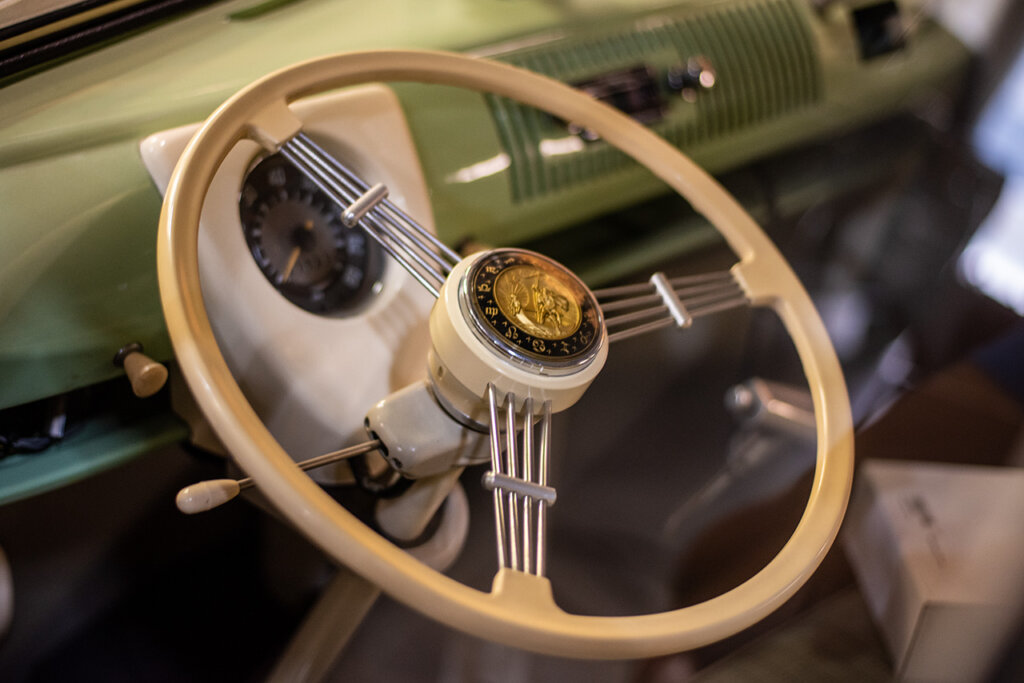
Source: Motofutura
Volkswagen continued to expand its product line and production capabilities. The company introduced new models, such as the Karmann Ghia, and opened new factories in Brazil and Mexico.
Volkswagenwerk GmbH was renamed to Volkswagenwerk AG, and popularity continue to grow. During this period, advertising became important for the company, with iconic ad campaigns lead by the agency Doyle, Dane Bernbach, under Art Director Helmut Krone and copywriters Julian Koenig and Bob Levinson. By the end of the 1960s, Volkswagen had become one of the largest automakers in the world, with a production capacity of over 3 million vehicles per year.
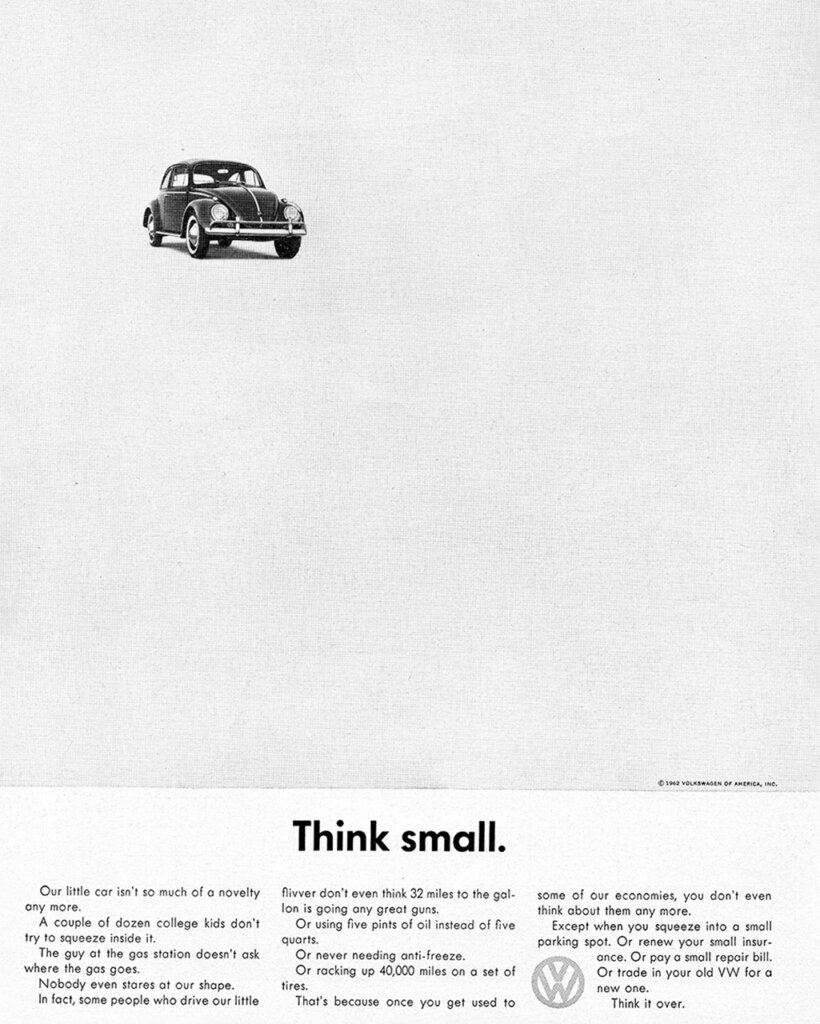
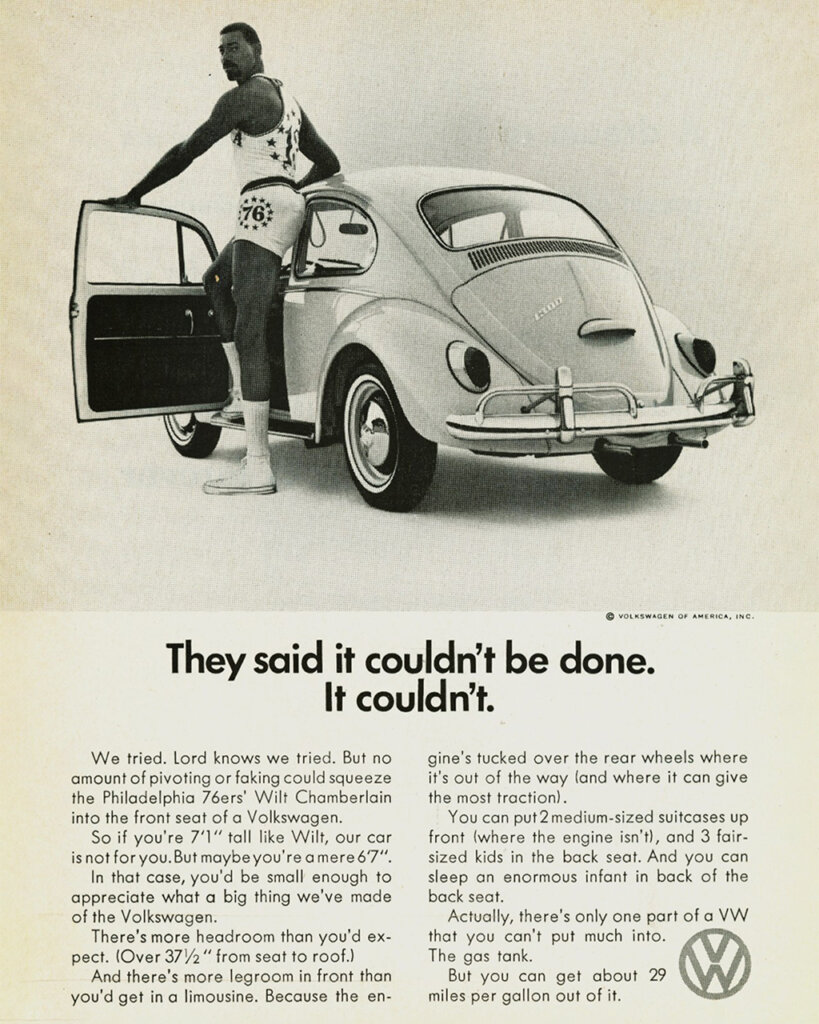
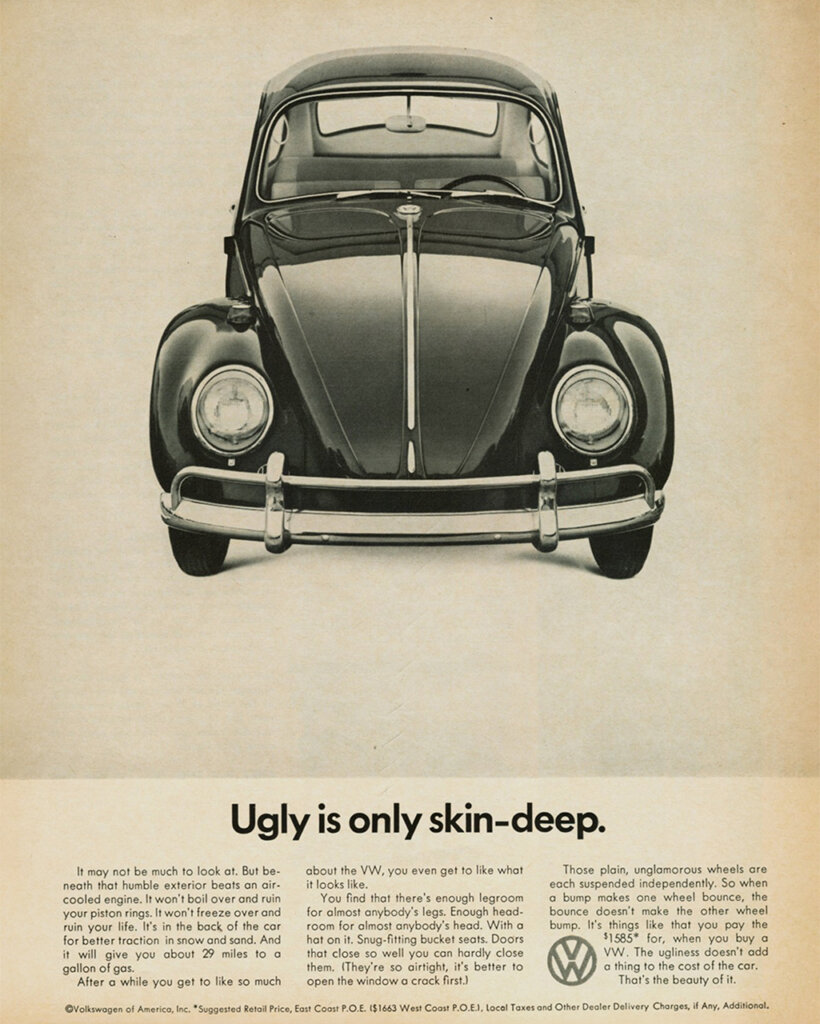
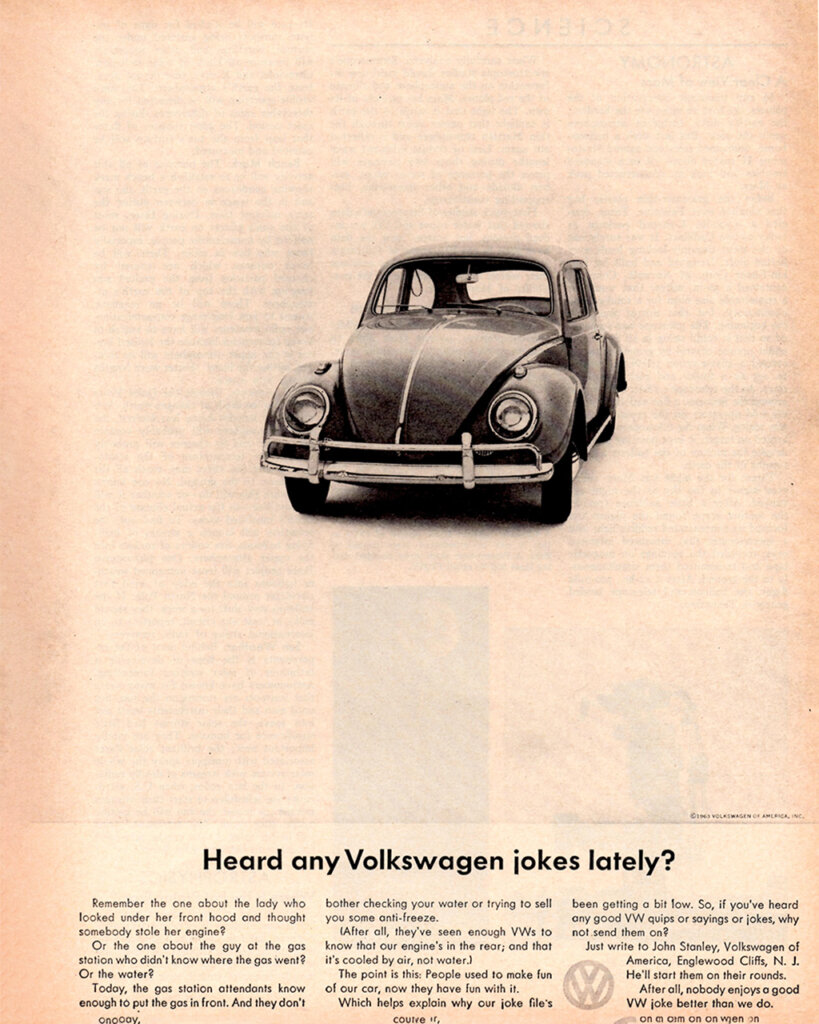
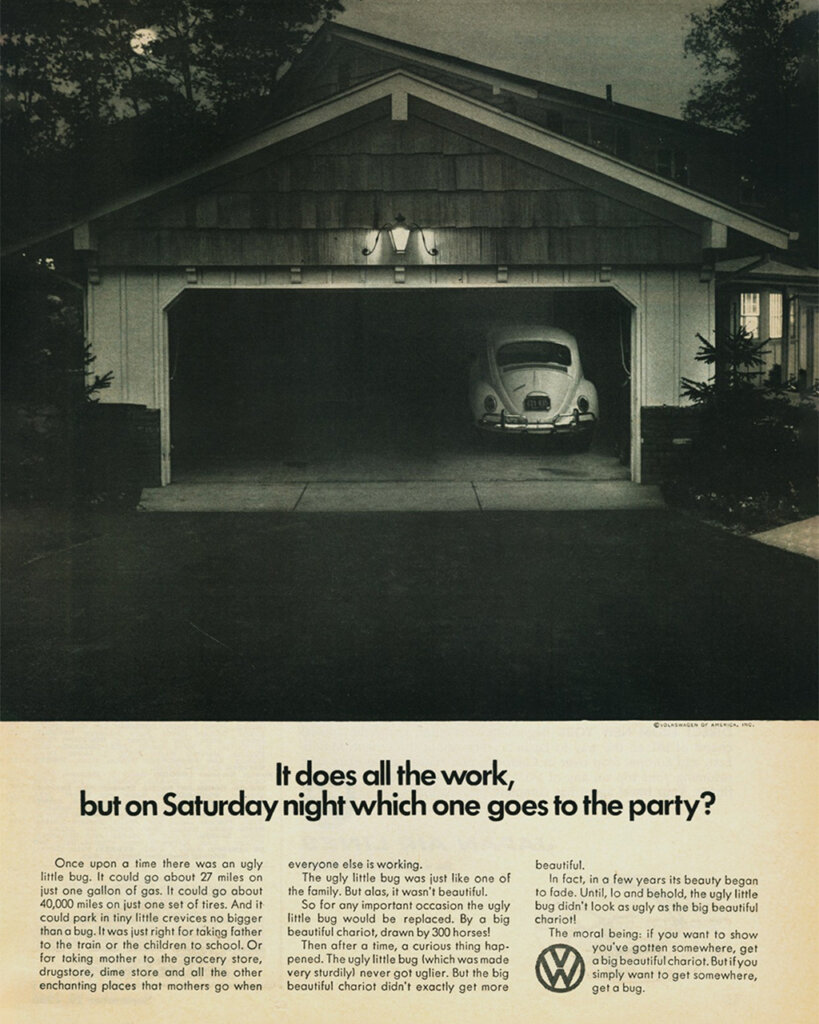
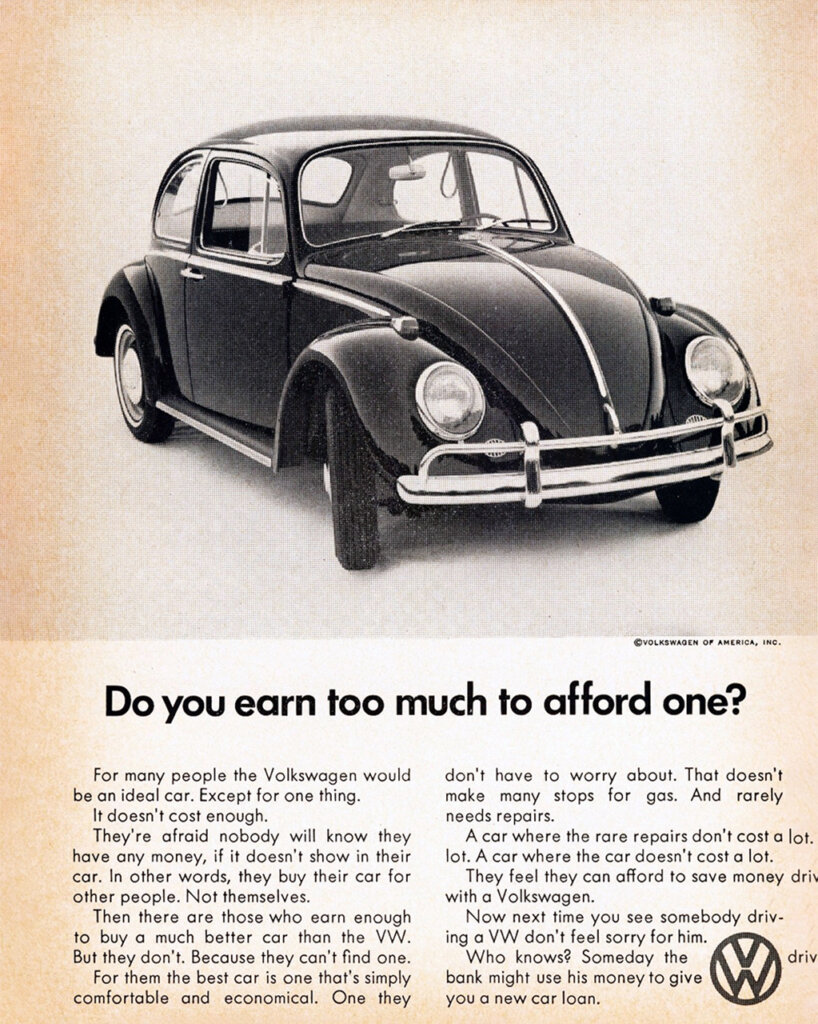
Ad sets from The Doyle Dane Bernbach Agency that took over VW’s marketing in 1960
Source: Alden Jewell via Flikr
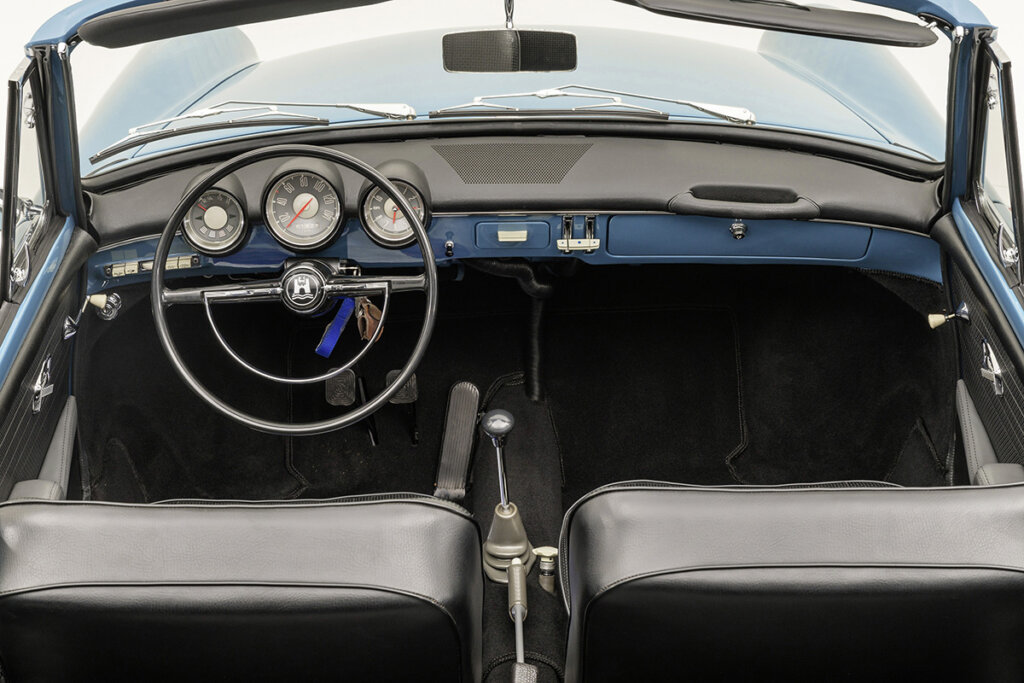
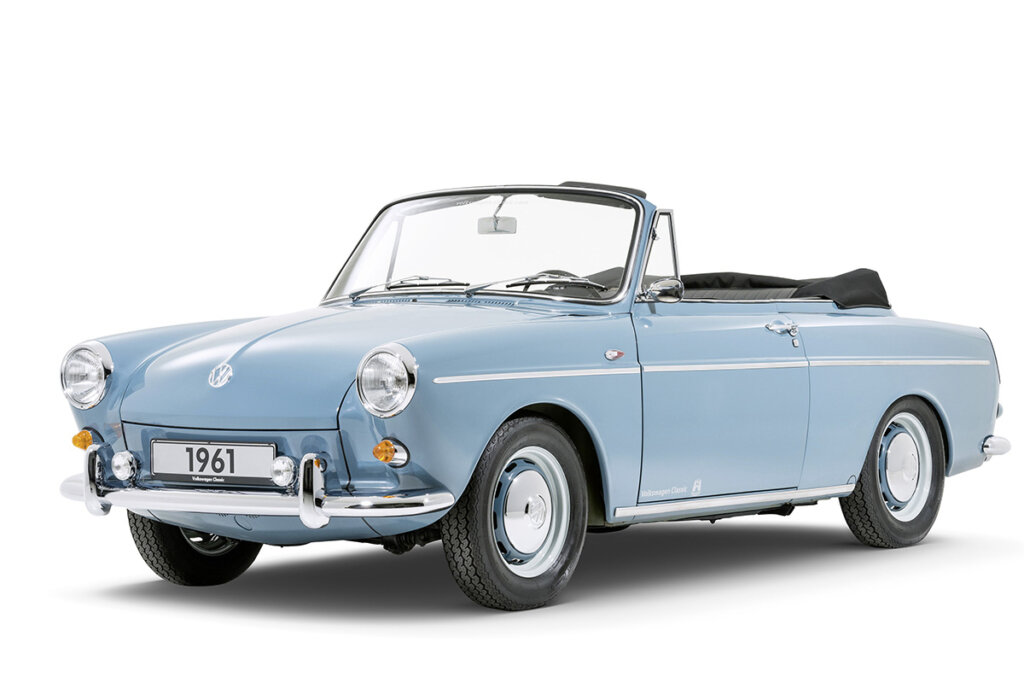
Source: VW
The period after the British took over the automotive company Volkswagen was marked by significant challenges and successes. The company faced financial difficulties, controversies, and environmental challenges, but it also managed to establish itself as a major player in the global automotive industry. The Volkswagen Beetle became a global sensation, and the company expanded its product line and production capabilities. However, the 70s marked a turning point for the company, which we will cover in the next article.

Source: VW
